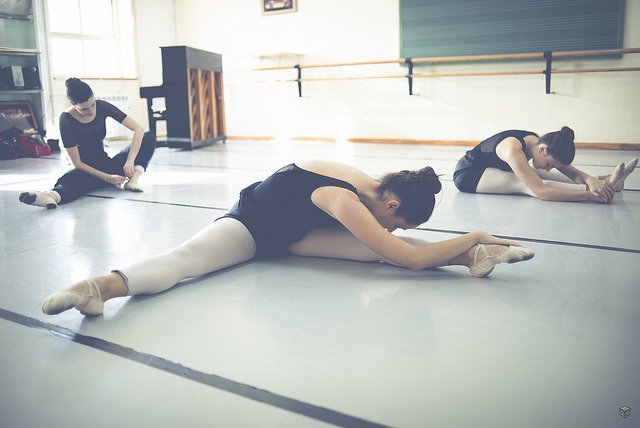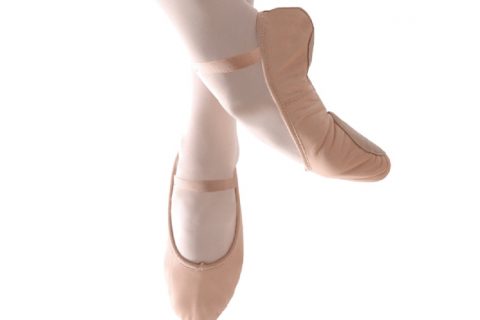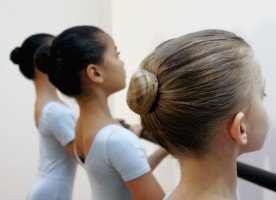Some days it’s hard to get out of bed and moving, and even harder to summon up the energy for dance class. When you get to class, it can be tempting to skip the warming up beforehand, and does it really matter anyway? Well, the answer is a definitive YES!
Warming up is a crucial part of any dance practice or performance. It involves performing specific exercises and movements to prepare the body physically and mentally for the demands of dance. The importance of warming up cannot be overstated, as it provides numerous benefits that enhance a dancer’s overall performance and reduce the risk of injury.
It can be tempting to neglect to warm up altogether or to just do the bare minimum few stretches but your body benefits from a correct and comprehensive warm up schedule. When correctly done, a warm up will prepare you mentally and physically and has myriad benefits, some of which include better coordination, increased heart rate, circulation and body temperature, better joint movement, and supports overall performance while reducing and preventing the onset of injuries.
Here are some key reasons why warming up is essential for dancers:
1. **Injury Prevention:** Warming up gradually increases blood flow to the muscles, tendons, and ligaments, making them more pliable and less prone to injury. A proper warm-up helps reduce the risk of strains, sprains, and other dance-related injuries.
2. **Improved Flexibility:** Gentle stretching during the warm-up helps improve flexibility and range of motion. This increased flexibility is vital for executing dance movements with greater ease and fluidity.
3. **Enhanced Performance:** Warming up prepares the body for the physical demands of dancing. It helps improve coordination, balance, and control, leading to better overall performance on the dance floor.
4. **Increased Blood Circulation:** During warm-up, the heart rate and blood circulation gradually increase, delivering more oxygen and nutrients to the muscles. This helps optimize performance and delays the onset of muscle fatigue.
5. **Mental Readiness:** Warming up also prepares dancers mentally for their practice or performance. It allows time to focus, clear the mind, and get into the right mindset for dancing.
6. **Correct Technique:** Warm-up exercises often focus on fundamental movements and alignment, helping dancers reinforce correct technique and body positioning.
7. **Muscle Activation:** Warming up activates specific muscle groups used in dance, helping to ensure that they are ready to perform optimally.
8. **Pain Reduction:** Dancers who warm up properly are less likely to experience muscle soreness and stiffness after intense rehearsals or performances.
9. **Consistency in Training:** Regular warm-ups create a consistent routine for dancers, leading to better discipline and commitment to their dance practice.
10. **Incorporation of Injury Prevention Exercises:** Warm-ups provide an opportunity to include injury prevention exercises or targeted stretches for specific areas prone to injury.
11. **Gradual Progression:** Warming up allows dancers to gradually progress from gentle movements to more dynamic and challenging dance sequences, reducing the risk of shock to the body.
12. **Team Building and Focus:** In group dance settings, warming up together fosters a sense of unity and teamwork among dancers. It also helps focus the group before rehearsals or performances.
Overall, warming up is a vital part of dance training that should never be skipped or rushed. It sets the foundation for safe and effective dance practice, contributes to better performance outcomes, and promotes the long-term health and well-being of dancers.






Leave a comment
You must be logged in to post a comment.